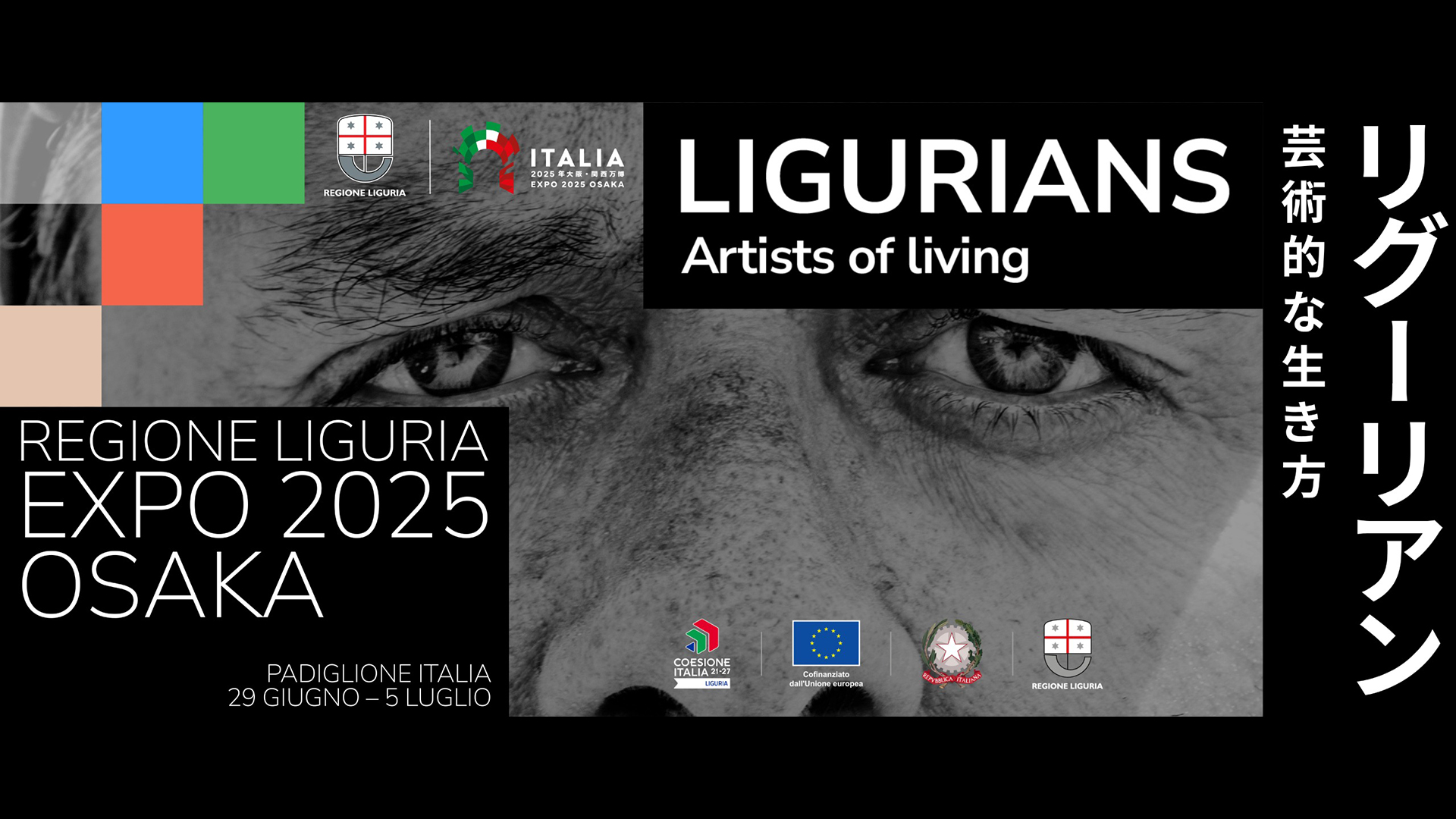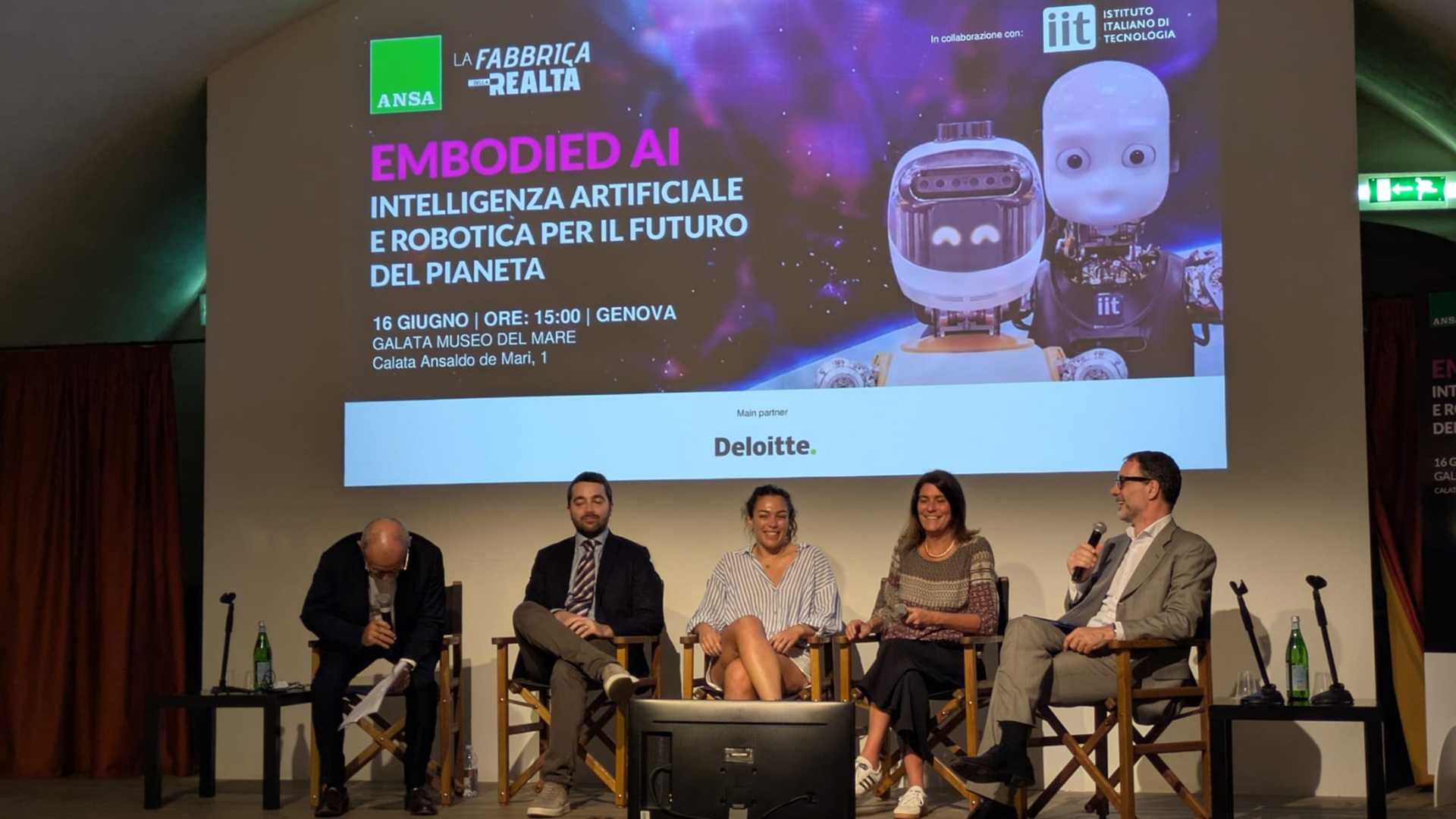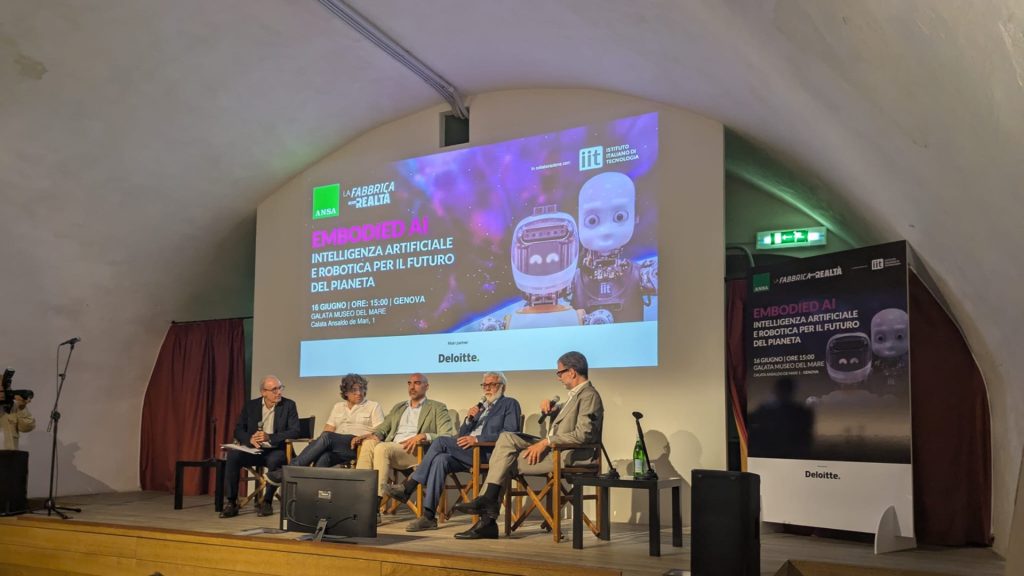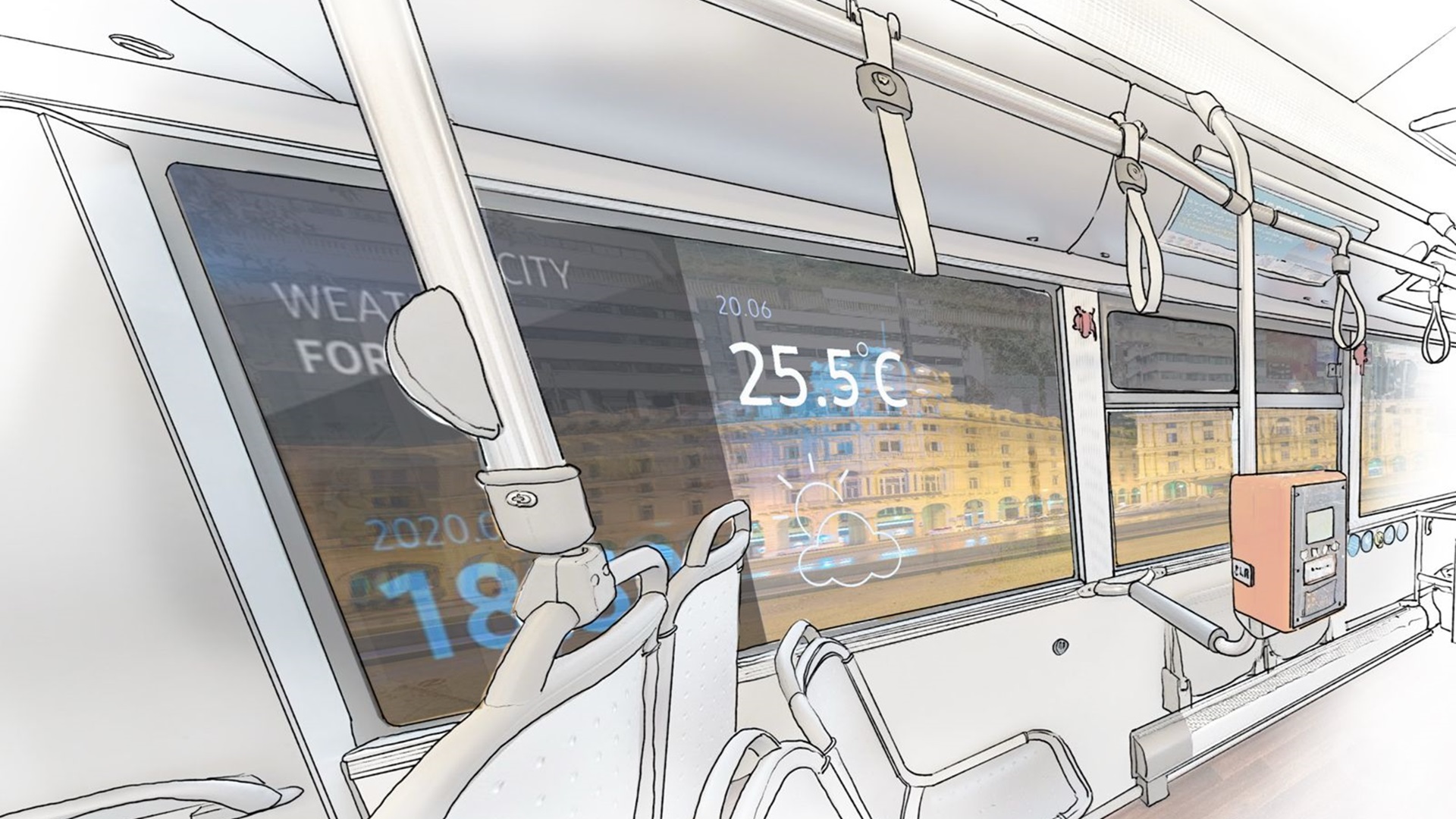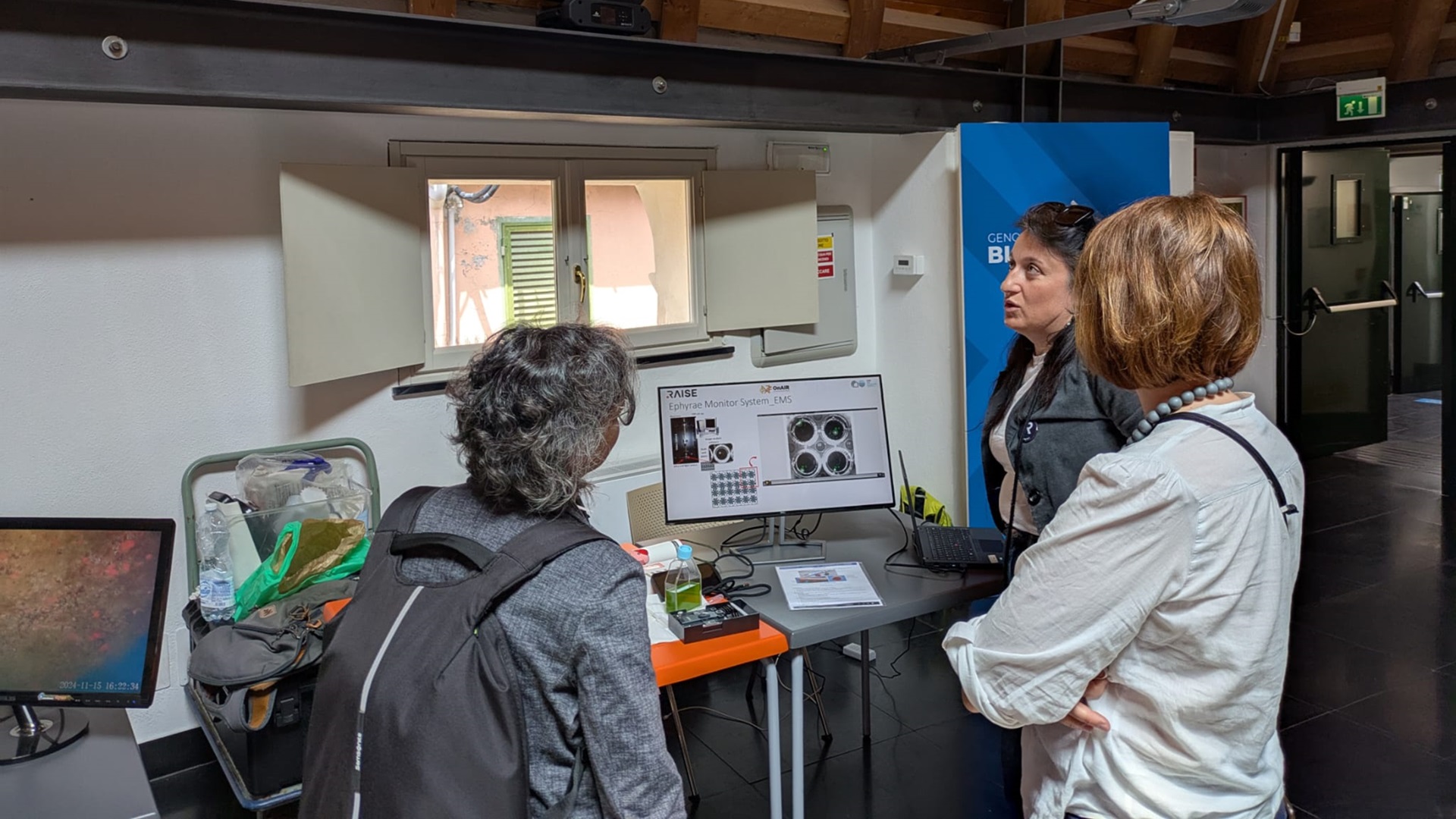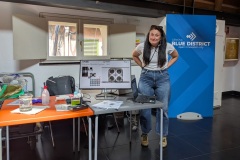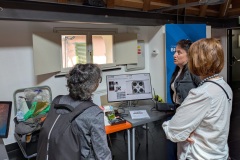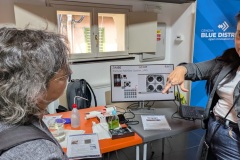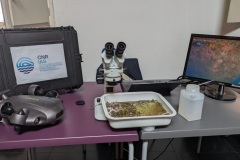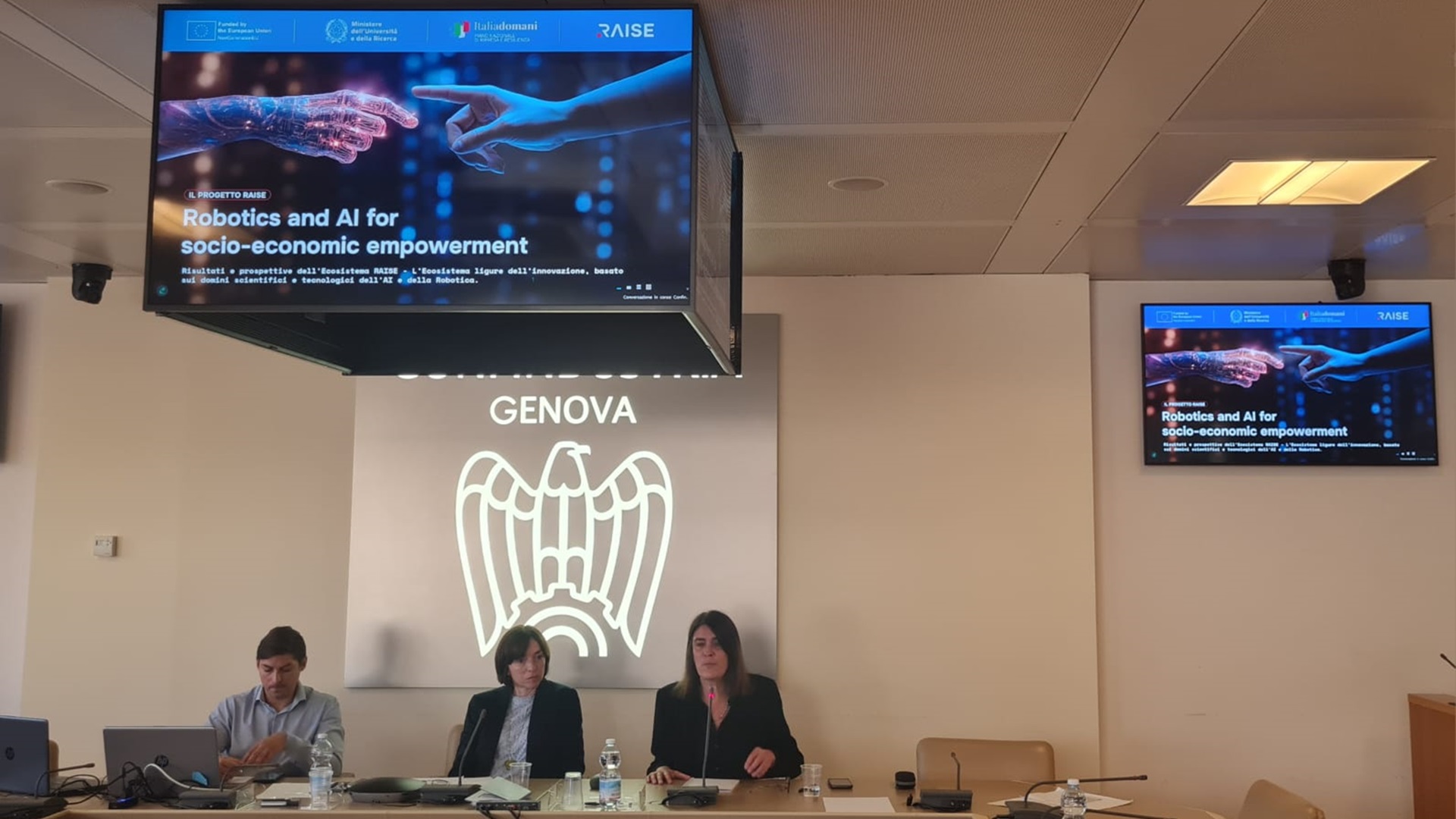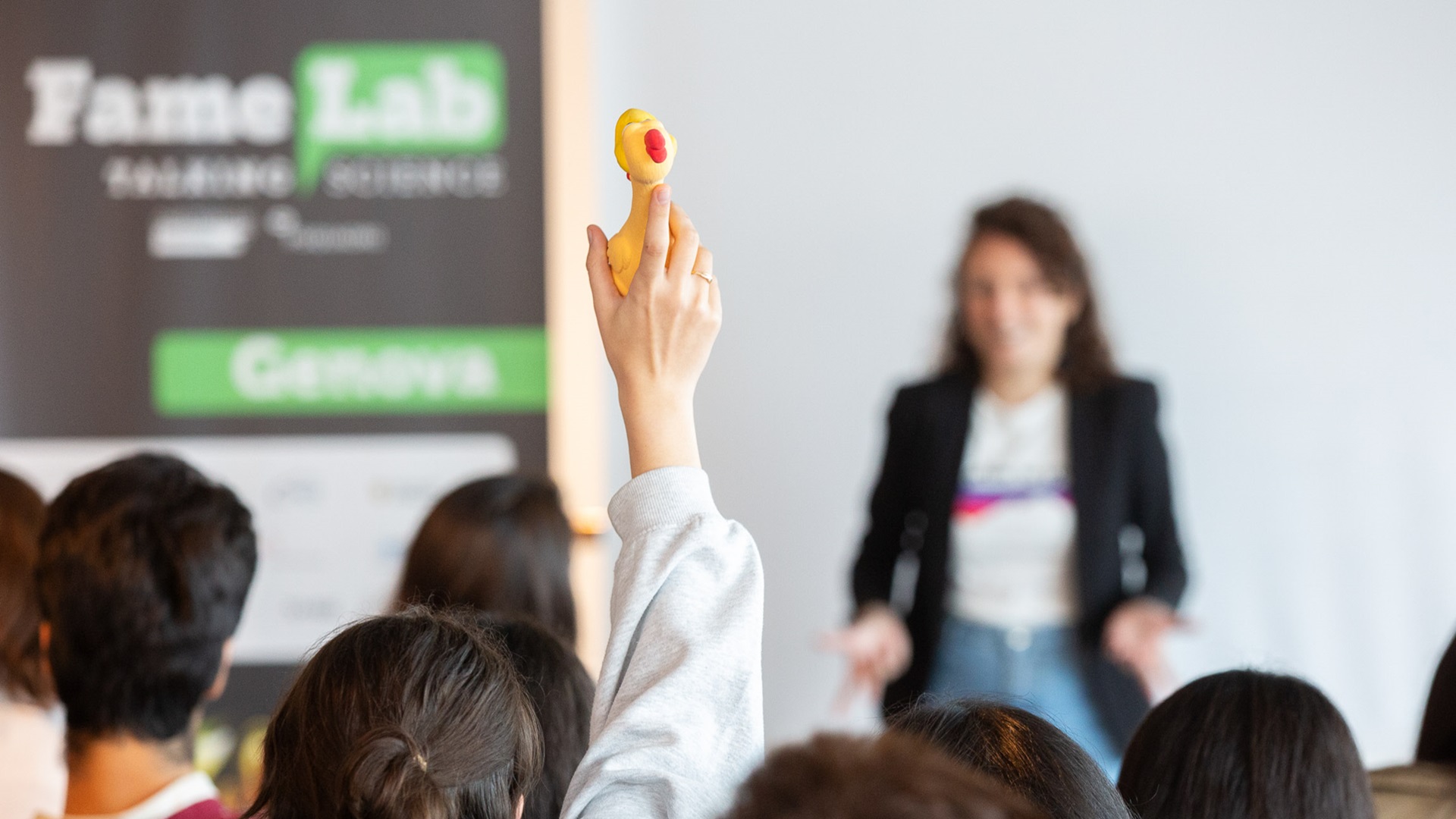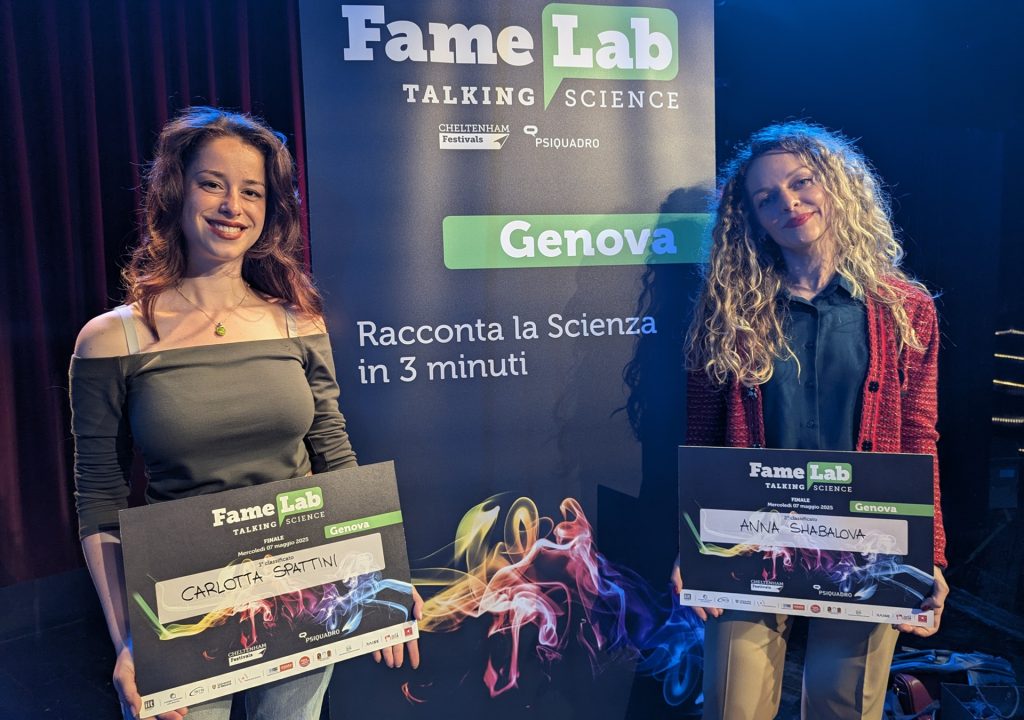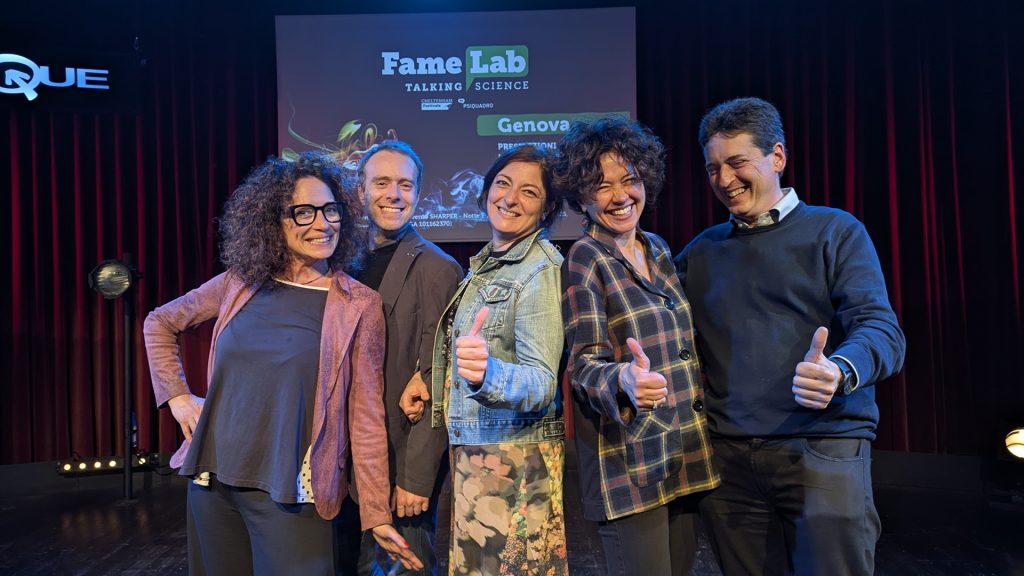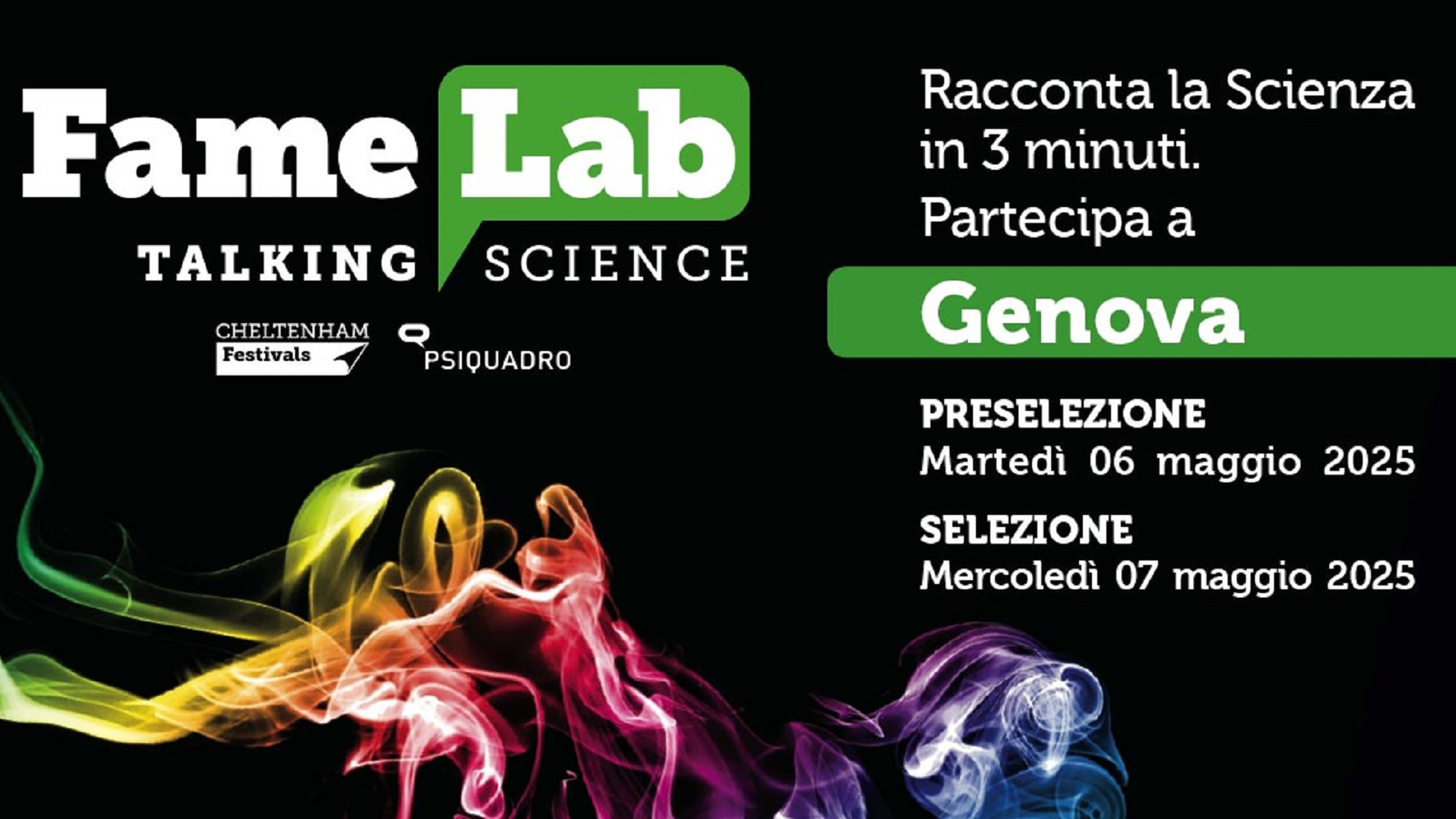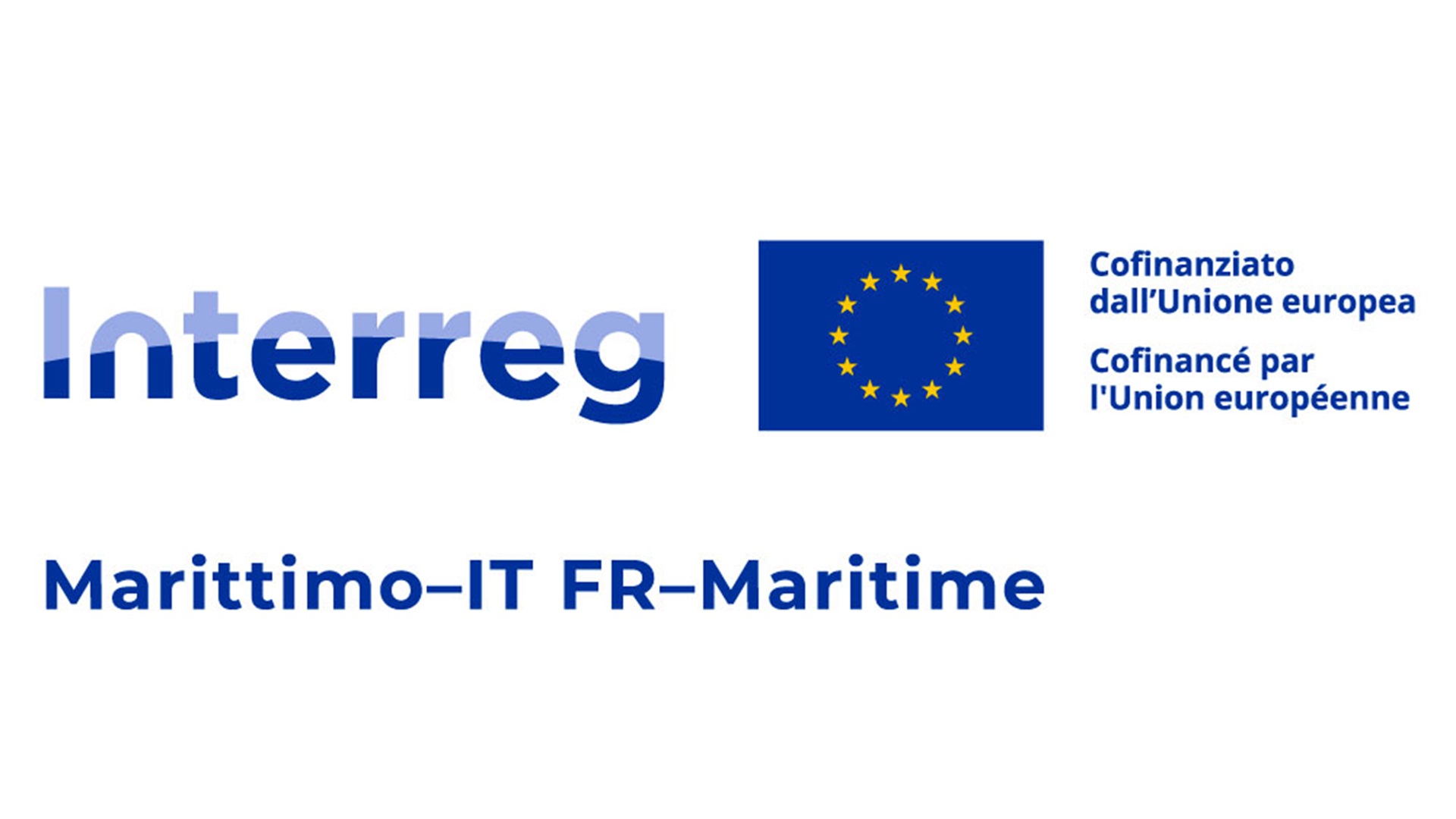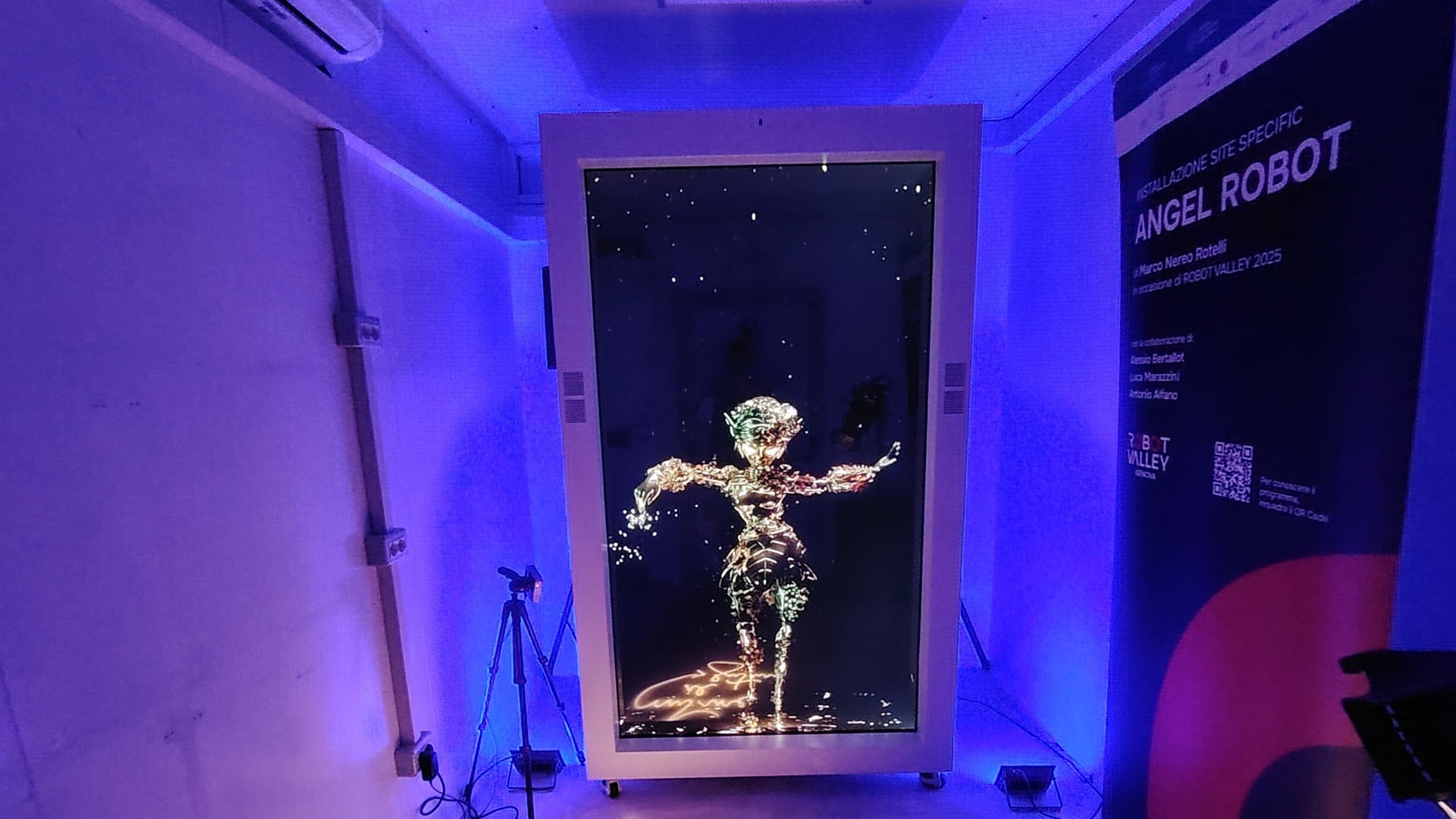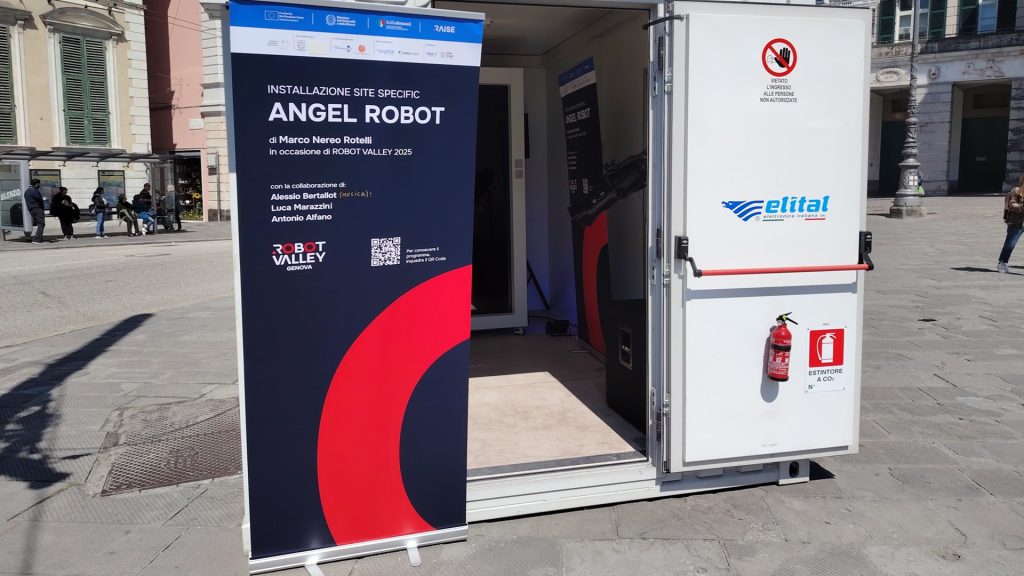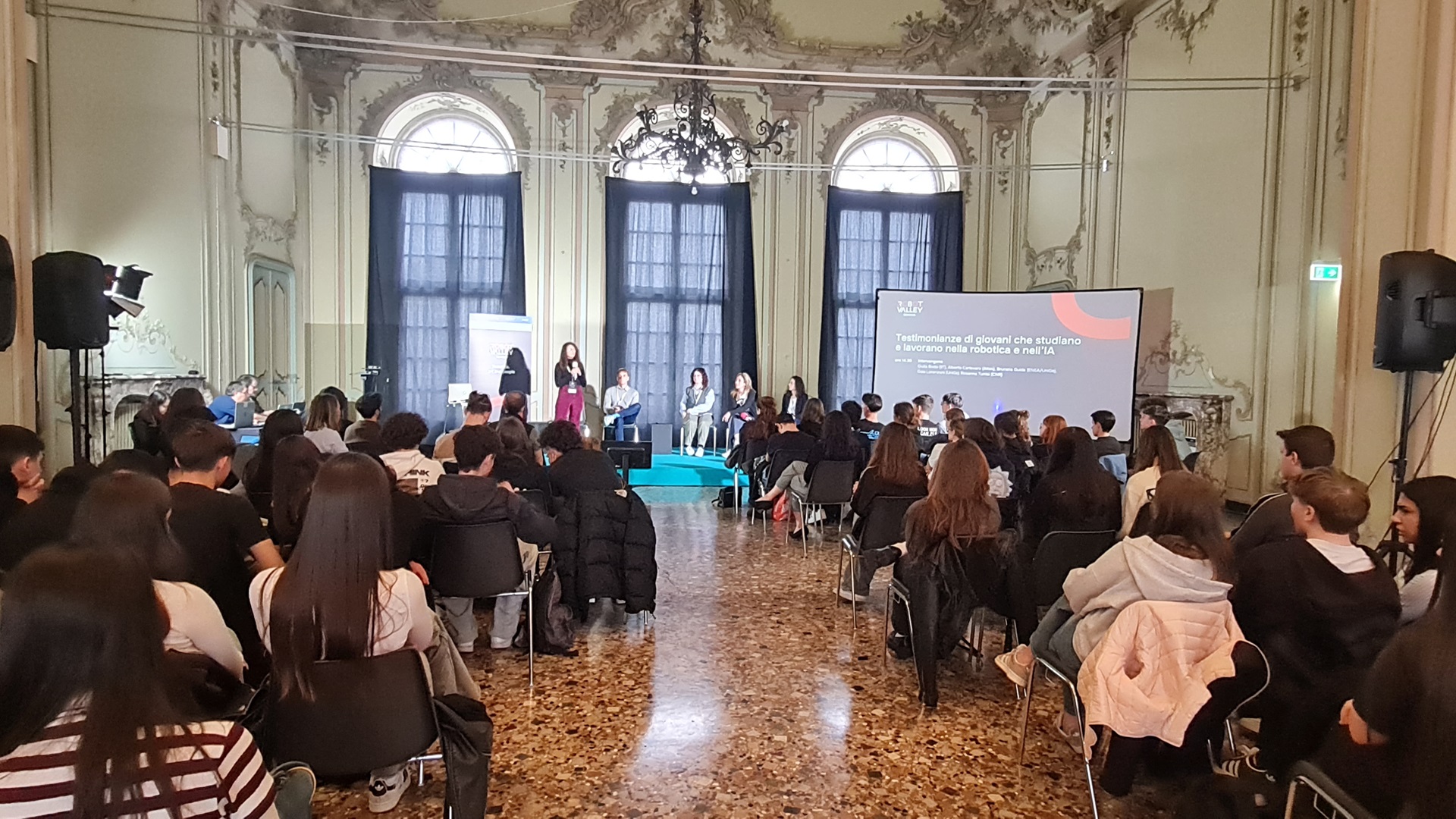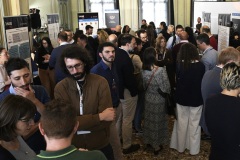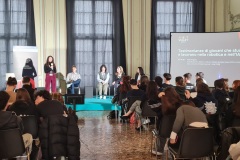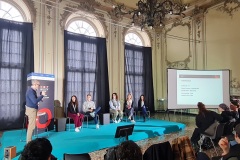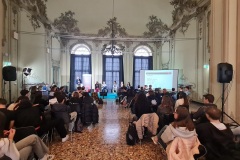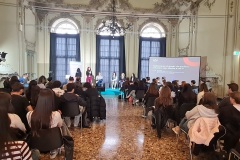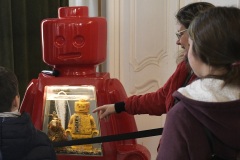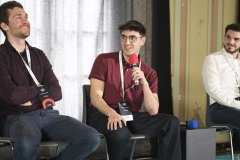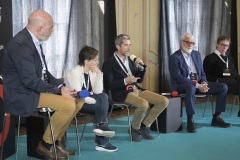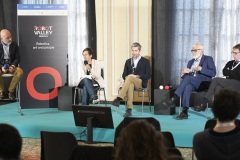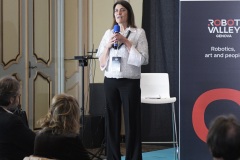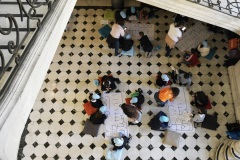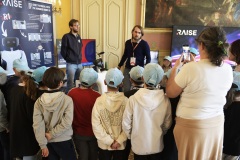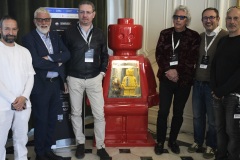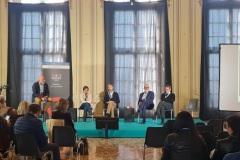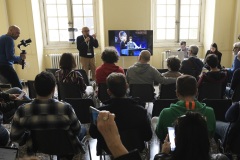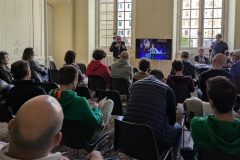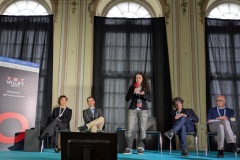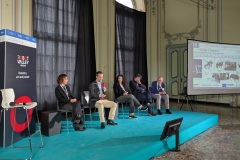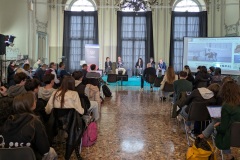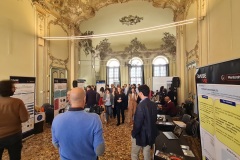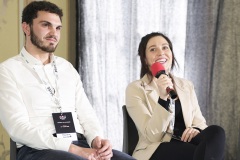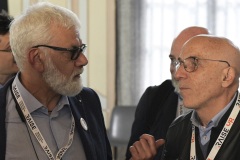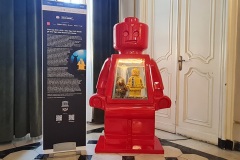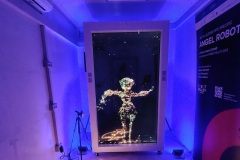The official presentation of the Liguria Region’s program for its dedicated week at the Universal Exposition in Osaka, Japan- scheduled from June 29 to July 5 – took place on Friday, June 20, 2025, at the Sala Trasparenza in Genoa.
The event was attended by Toshiaki Kobayashi, Consul General of Japan in Milan, further underscoring the importance of institutional and cultural ties between Liguria and Japan.
The theme guiding Liguria’s participation at the Expo will be “Ligurian artist of living”, a concept designed to highlight the Ligurian ability to transform beauty, tradition, and culture into opportunities for work, entrepreneurship, and innovation, while maintaining a balance with the natural environment. The narrative intends to focus on people and their skills, showcasing the value of craftsmanship, quality of life, and harmonious coexistence with a land that is both complex and rich in potential.
During the press conference, the presence of the RAISE ecosystem was also outlined – a Ligurian initiative dedicated to research and the development of innovative technological solutions in the fields of robotics and artificial intelligence. As part of Liguria’s Expo week, RAISE will contribute with the experiential video “EXPOsing RAISE – Present and future of Italian Robotics and AI”, a multimedia feature that will showcase the main applications and projects developed by the organizations and companies belonging to the ecosystem.
The video is one of several audiovisual materials that visitors will be able to view within the Liguria Region’s dedicated area inside the Italian Pavilion. The production, coordinated by Spoke 5 – RAISE Communication Team with technical support from ETT Dedagroup, involved more than one hundred researchers, developers, and professionals from the sector.
The journey proposed in the video will allow Expo visitors to explore twelve three-dimensional and interactive models illustrating RAISE’s main research areas: inclusive smart cities, personalized healthcare, eco-robotics for environmental protection, and intelligent port logistics. The showcased solutions will include ground robots, drones, underwater ROVs, and humanoids operating in real-life contexts across the Ligurian region, such as ports, historic centers, healthcare facilities, and the marine environment.
“We are honored to take part in this major event and we thank the Liguria Region for the tremendous work done,” commented Cristina Battaglia, RAISE Project Manager. “Expo Osaka represents a global showcase and we are proud to present some of our projects related to robotics and artificial intelligence. RAISE is growing significantly in terms of projects and applications, and having the opportunity to display even a part of our work is unique”.
The press conference also highlighted other key aspects of Liguria’s presence in Osaka: six artisan companies selected through a dedicated regional call; cultural initiatives such as the Chiossone Museum; the launch of the new edition of the Genoa International Boat Show; and the strengthening of relations between Ligurian universities and Japanese educational institutions. References were also made to successful entrepreneurial stories born from the meeting between Liguria and Japan, as well as to the promotion of tourism and local skills.
The entire program has been designed to strengthen existing ties with Japan and to create new opportunities for economic and cultural cooperation within a global showcase like the Universal Expo in Osaka.
For further details, see the Liguria Region’s official press release.

